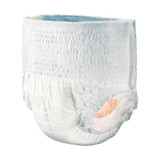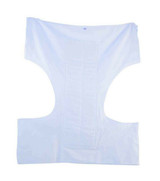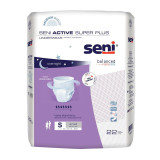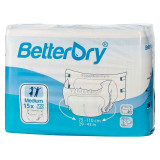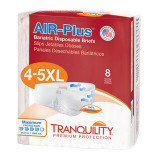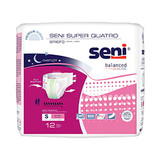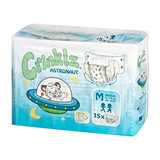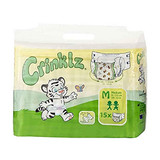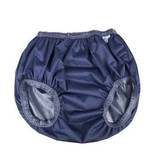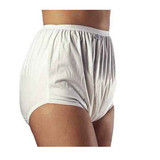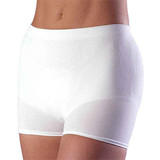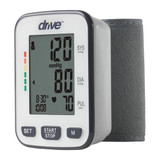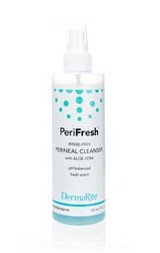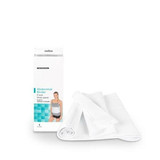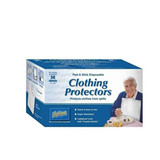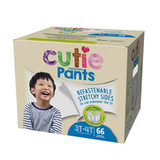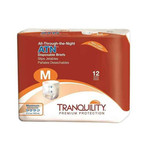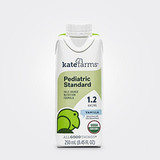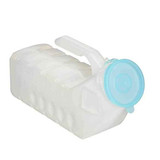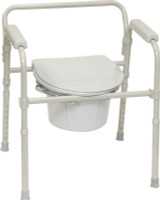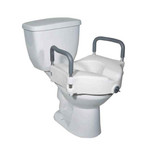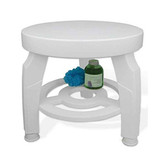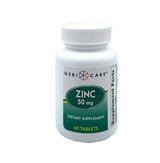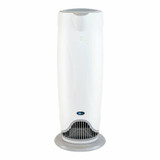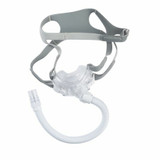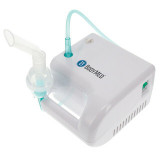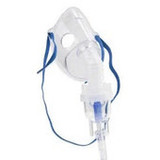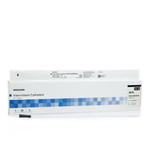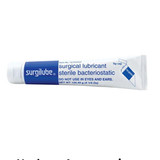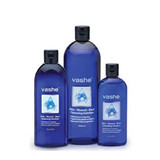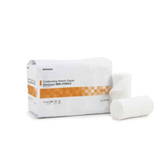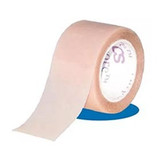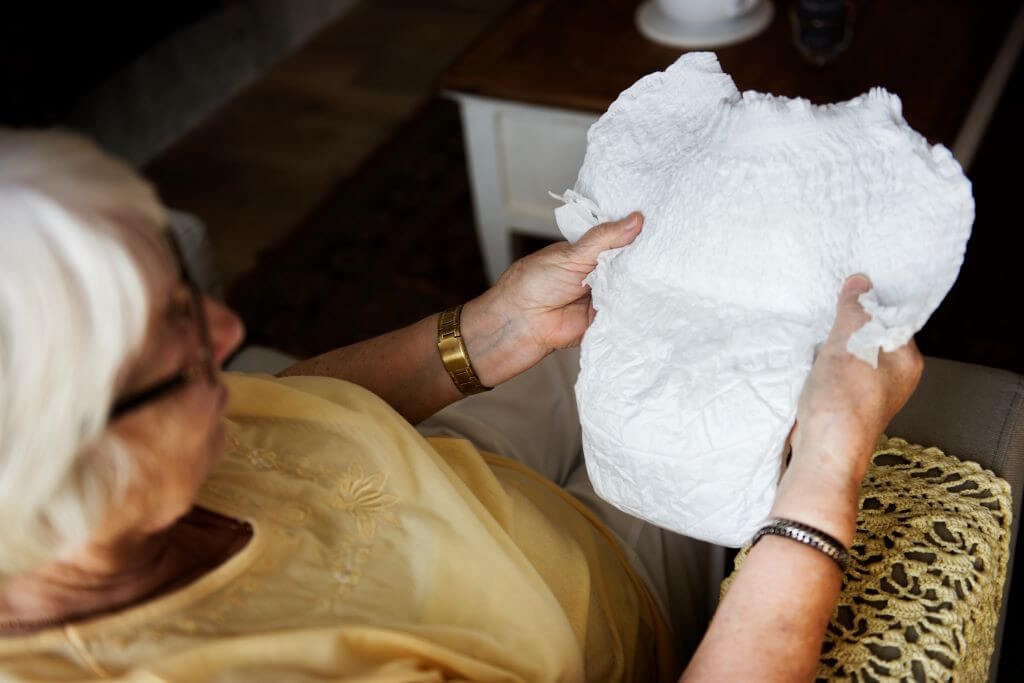
The Incontinence Management Arsenal
A 2022 article by the National Association for Incontinence reports that incontinence affects around 25 million Americans. Because of the stigma attached to the condition, it doesn’t get as much attention as it should. Although it’s not a life-threatening condition, it still has a profound effect on quality of life, even when it doesn’t bother you so much.
A report by Rachel Sullivan et al. in 2020 suggests that 40% of people who experience urinary incontinence don’t report it despite having visited their doctor four times on average during the preceding 12 months. This is a sad state of affairs because, with the correct knowledge and support, the condition can be very successfully treated or managed.
Understanding Incontinence
Treating or learning to live with any medical condition starts with understanding it. The more we know about it, and the earlier we know it, the more effectively we can avoid or delay the onset. If we cannot keep it at bay, we’re still better positioned to make the best treatment or management decisions.
This article looks at the post-diagnosis period, so we will not be discussing types, causes and risk factors of incontinence. We will also not delve into the details of surgical or pharmacological interventions as these are beyond the scope of self-care or a caregiver role. Instead, we will look at how you can make the most of exercise routines and incontinence products to ensure that you or your patient can maintain their dignity and independence.
Non-Pharmacological Treatment Strategies
Most people try to avoid treating any affliction with chemicals if there is any other choice. When surgery has been excluded, whether by choice or by medical opinion, physical therapy and lifestyle changes would be the next port of call.
Kegel Exercises. The muscles in the pelvic area play a significant role in bladder control. The muscles may weaken due to age, childbirth, surgery or injury. Kegel exercises are designed to strengthen these muscles. They can be done at any time, whether standing or lying down, and the success rate can be anything between 30% and 90%.
Bladder Training. We’re not born with total bladder control. As we grow up during the early years, the brain takes control. Sometimes, that control becomes compromised or lost. We can, however, re-train the bladder with some straightforward techniques like timed voiding to reduce frequency or exercises to reduce the urgency.
Lifestyle Adjustments. Lastly, lifestyle frequently contributes to incontinence. Alcohol, caffeine and nicotine are stimulants that reduce muscle control. Eliminating these, or at least moderating them, will help. Losing excess weight reduces pressure in the abdomen, which causes stress incontinence.
Living With and Managing Incontinence
Although medical treatment or physical therapy may sometimes result in a complete reversal, this is seldom 100% successful. Most people are destined to live with it. Thanks to modern technology, the range of incontinence management products on the market ensures that most people can carry on a reasonably normal life.
Absorbent products
The first line of defense when you cannot avoid leaks is to contain them. The invention of super absorbent polymers has given us access to a variety of diapers, absorbent underwear and pads. From briefs that fasten at the sides to pull-ups, which are worn like regular underwear, to pads and liners that are inserted into regular underwear or diapers. Absorbency ranges from a mere few ounces to 34 ounces, which can last an adult more than a day.
The number of absorbency products available is staggering. For a first-time user, selecting the best product would be a daunting task of trial and error. For expert advice and a wide range of incontinence products, contact LL Medico. With more than 25 years of experience in senior care, we can give you peace of mind.
Catheters
A catheter is a device that allows the user to control the flow of urine physically. An internal catheter is a thin tube inserted into the bladder through the urethra. The outer end opens directly into the toilet or can be attached to a bag that collects the urine for periodic emptying. The external type is a condom-like sheath for men, which traps leaked urine or, for women, a wick-shaped absorbent device placed over the urethral opening.
Bed and furniture protection
Diapers sometimes fail, especially overnight or when the wearer moves around a lot. To protect beds and mattresses or furniture in general, it’s advisable to use protection. A plastic mattress cover is no longer a hard, crackly sheet that has you sleeping in a pool of fluids. Nowadays, they’re very comfortable and discreet. And it’s well worth the investment.
Skincare products
Although modern diaper manufacturers take extensive measures to protect the skin, many people still experience irritation, rashes and chafing. Skincare is still an essential part of incontinence management. LL Medico offers a range of cleansing wipes and ointments, as well as skin creams and sanitizers.
Portable urinals and bedpans
Urinals and bedpans are key assets in a caregiver’s arsenal. Urinals are a tremendous help in emptying a bedridden or movement-impaired patient’s bladder. They’re available in male and female designs. Bedpans are designed for defecating and make the task a lot less challenging as well.
Odor control products
Despite the built-in odor control in adult diapers, with the constant presence of bodily waste, odors will inevitably build up. Keeping a supply of antiseptic and deodorizing solutions on hand equips you to deal promptly with any unexpected spills and to keep the environment fresh and clean.
Other Useful Products
Besides the more common products we have discussed so far, several other products may come in handy in specific cases. Caregivers may want to wear an overcoat to protect their clothing or use an incontinence alarm to be alerted when their patient has had an accidental leak. Other useful items include washcloths, surface wipes and latex gloves, to name a few.
In closing, this article touches only very briefly on the resources available to someone with incontinence or the person caring for them. It is in no way an exhaustive list of products. To understand which products are best for you and your patient, contact experts in the field.
For all your needs in adult diapers, urology devices, personal care products and more, call the LL Medico team at (855) 422-4556 or email us at [email protected]. Caregiving is a tough enough task, and every item that lightens the burden is a caregiver’s friend. We’re here and ready to help.




